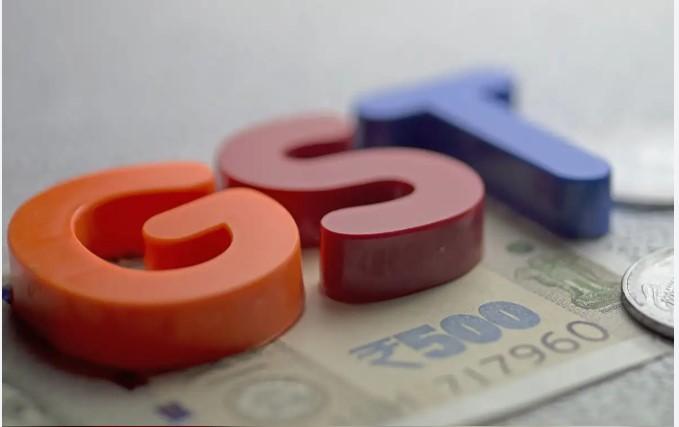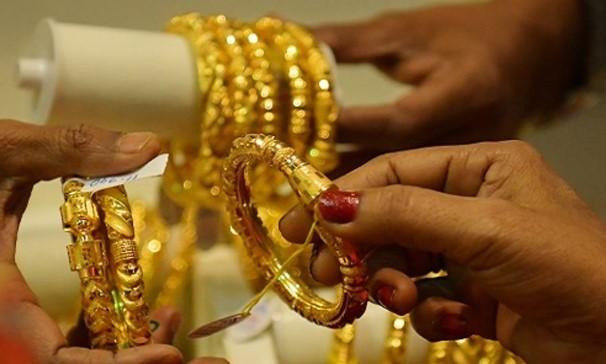The long-awaited revamp of Goods and Services Tax (GST) has moved a step closer with the Group of Ministers (GoM) on GST rate rationalisation agreeing to cut down the number of slabs.
In a key meeting held on Thursday, the panel of state ministers accepted the Centre’s plan to reduce the four-rate system to two main slabs of 5% and 18%.
The move marks the beginning of what is being called GST 2.0, aimed at making the tax system simpler, easier to follow, and less of a burden on households and businesses.
At present, GST is charged at four different rates: 5%, 12%, 18%, and 28%. Under the new structure, the 12% and 28% slabs will be scrapped. Goods and services will now mostly fall under 5% or 18%.A higher 40% levy will continue on a limited list of “sin goods” such as tobacco and certain luxury items. The panel also recommended that luxury cars be brought under the 40% tax bracket.
According to the plan, 99% of items that were earlier taxed at 12% will now move to the lower 5% slab. Similarly, nearly 90% of items under the 28% slab will shift down to 18%.
The GoM was chaired by Bihar Deputy Chief Minister Samrat Choudhary. Other members included Uttar Pradesh Finance Minister Suresh Kumar Khanna, Rajasthan Health Minister Gajendra Singh, West Bengal Finance Minister Chandrima Bhattacharya, Karnataka Revenue Minister Krishna Byre Gowda, and Kerala Finance Minister K N Balagopal.
The ministers reached a broad agreement after reviewing detailed proposals from the Finance Ministry.
SAVINGS FOR CONSUMERS
The Centre has said that the new structure will bring relief to households, farmers, and the middle class by lowering the GST rate on everyday items. Medicines, processed food, clothing, footwear, and several household products are expected to move to the 5% slab.
Large household appliances, televisions, and other durable goods will fall under the 18% rate instead of the earlier 28%, which could reduce prices for middle-class families.
Finance Minister Nirmala Sitharaman told the GoM earlier, “The rate rationalisation will provide greater relief to the common man, farmers, the middle class and MSMEs, while ensuring a simplified, transparent and growth-oriented tax regime.”
GST EXEMPTION FOR INSURANCE UNDER REVIEW
The GoM also discussed the Centre’s plan to exempt health and life insurance for individuals from GST. If approved, this would mean policyholders would no longer need to pay GST on their premiums.
Officials estimate that such an exemption could reduce government revenues by about Rs 9,700 crore every year. While most states supported the idea, they also asked for a mechanism to ensure that insurers actually pass on the benefit to customers instead of keeping premiums unchanged.
The recommendations of the GoM will now be sent to the GST Council, which is chaired by the Union Finance Minister and includes representatives of all states. The Council is expected to review the proposals in its upcoming meeting and take a final call.
If approved, the changes will mark one of the biggest reforms since GST was introduced in 2017. The government believes the simpler two-slab system will make compliance easier for businesses while also easing the tax burden for consumers.




